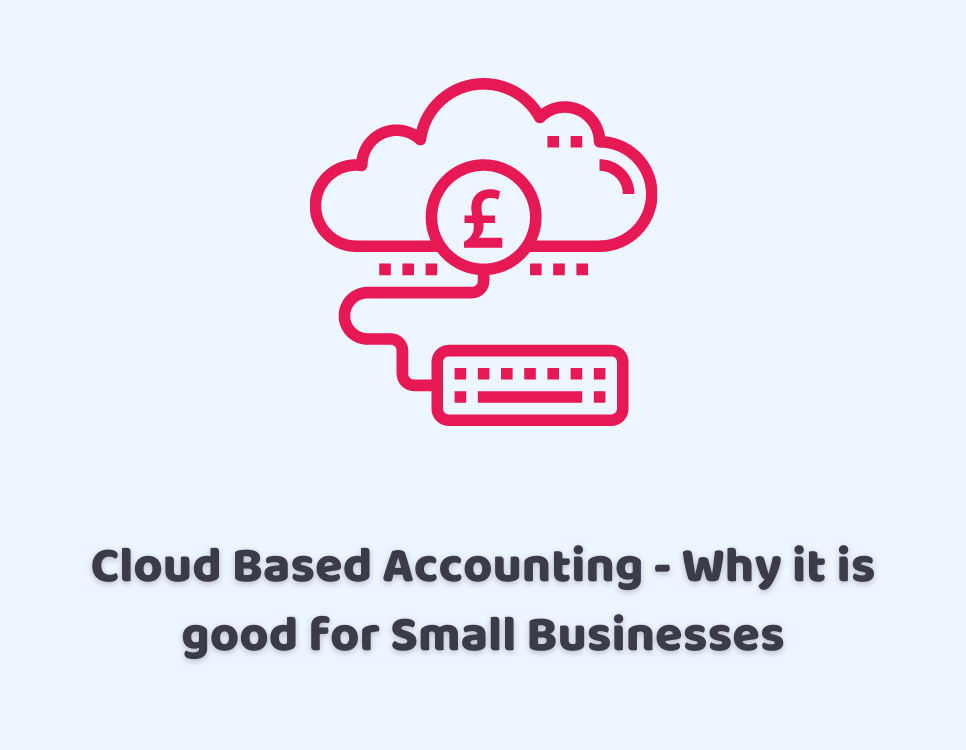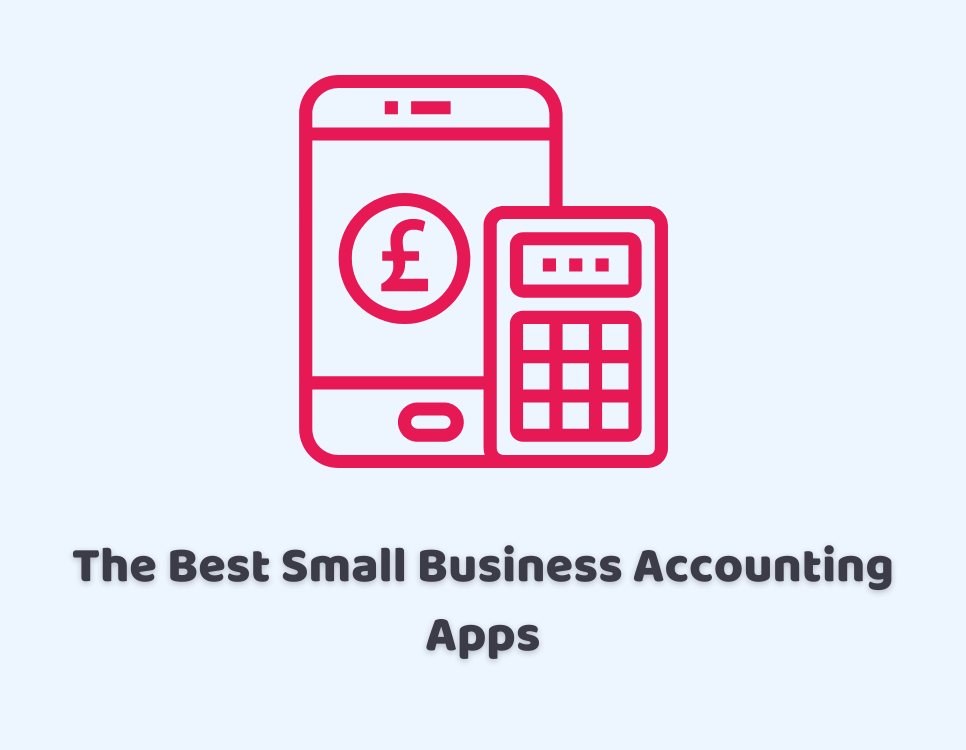
05/01/2023Accountants , Accounting , Accounting Issues , Bookkeeping
It becomes critical and hectic especially for the finances team when the tax year is coming towards an end. It is a tendency among businesses that the finance professionals get their owners burry under the heps of accounting requirements, financial reports, and other relevant statements. It takes around a month time period for the accounting professionals to be prepared for the year closure. This usually makes the accountants overwhelmed with the work requirements. The year-end accounting checklist helps here to maintain focus on getting everything ready before the deadline approaches.
Moreover, the best way to lessen the overwhelming burden and improve the productivity level in this busy period of the year is to make a set of workflow that can really help. This is also an easy method that will reduce your work stress as well. We have compiled this article to give you a good headstart. We have focused on outlining the important steps that will make the year-end closing cycle a successful experience for you. Let us get delved into the discussion without missing any tips and ways to make this happen.
Talk to one of our intelligent and clever professionals to get your further queries about the year-end accounting checklist. We will ensure to come up with the best possible solution.
A Short Introduction to the Year-End Close
The year-end close is also famous with the name of closing the books. It is a procedure in which the professionals do a review, and verification of all the financial transactions, recompilation, and add up the ledgers of the company from the previous fiscal years. This has the involvement of equity, investments, assets, revenue, income, and other calculations of the business expenses. The goal of this annual closure is to make the financial statement finally which will help for the potential audit externally. This will keep the official financial records of the company in a sorted and managed manner. Moreover, the founders of the company are allowed to choose the year-end date that goes according to their business suitability. The duration of the fiscal year must be of 12 months. This should be fitted best with the industry and the company’s requirements.
Why is it so Difficult to Do the Year-End Closing?
It is challenging and overwhelming when it comes to the year-end closing. Often professionals and accountants are found to seek help from others. So that their workload can be reduced. We have outlined some of the common problems that make it challenging for accountants through the financial year and at the year-end closing. This involves the following:
- The inefficient communication of the employees makes the process more difficult. The accountants are often found running after the employees for the sake of missing documents.
- The manual entry of the data is another challenge. This not only takes a lot of time but the chances of errors are also high in this method.
- It is challenging to juggle the files of paper. Human errors are possible even if the professionals are organised to a good level. It just has to be a simple wrong entry and this can give you costly consequences.
- The missing invoices and receipts are another major issue. This can even cause some major delays in meeting deadlines.
What are the Ways to Make the Year-End Closing a Little Easier?
This is like a dream for professionals to seek ways that can make the year-end closing a little easier and less stressful. The good news is that there are certain ways to do so in reality. Being ahead in planning the year-end closing is one of the popular ways. When you are on the top game of handling your finances throughout the year, this will work as the most effective way to cut down the level of stress while you are closing the year-end finances and other requirements. You must ensure that laborious reconciliations is done already so that your accounting professionals can spare the time to focus on the business goals for the coming up year, setting the budget, making financial reports, and reviewing the ledgers.
What is the Year-End Accounting Checklist?
There are several steps recommended by professionals that are related to double-entry accounting well. This will even help to close the books and either requirement right on time.
1- You must be preparing your year-end closing schedule to be on top of your performance game. You must know the delaine of the fiscal year and other important dates of the business activities. You can even create a calendar to focus on important deadlines.
2- You must gather all the receipts and outstanding invoices.
3- You must record the entries that are adjusted. This should involve the reconciliation of all the cash accounts.
4- You should close all the payable and receivable accounts as well.
5- If you want to start your new fiscal year with the right financial position, you must focus on accrue accounts receivable.
6- Keep a track of the accrued accounts payable.
7- Adjust the entitlements and the grants wherever required for the business’s betterment.
The Bottom Line
Now that you have gathered a fair amount of information about the year-end accounting checklist, we can bring the discussion towards wrapping up. Getting your books ready and set for the upcoming new fiscal year means that you are in a good financial position with your business to make the right business choices and being your financial year. However, the professionals often state a few tips to be on top of this game. We hope these few minutes of reading will help you to develop a better understanding of the year-end accounting checklist. As well as how to deal with them professionally in the future.
If you seek professional help, learn more about the year-end accounting checklist. Why wander somewhere else when you have our young and clever team of professionals at CruseBurke?
Disclaimer: The information provided in this blog is about the year-end accounting checklist, including the text and graphics, in general. It does not intend to disregard any of the professional advice.



